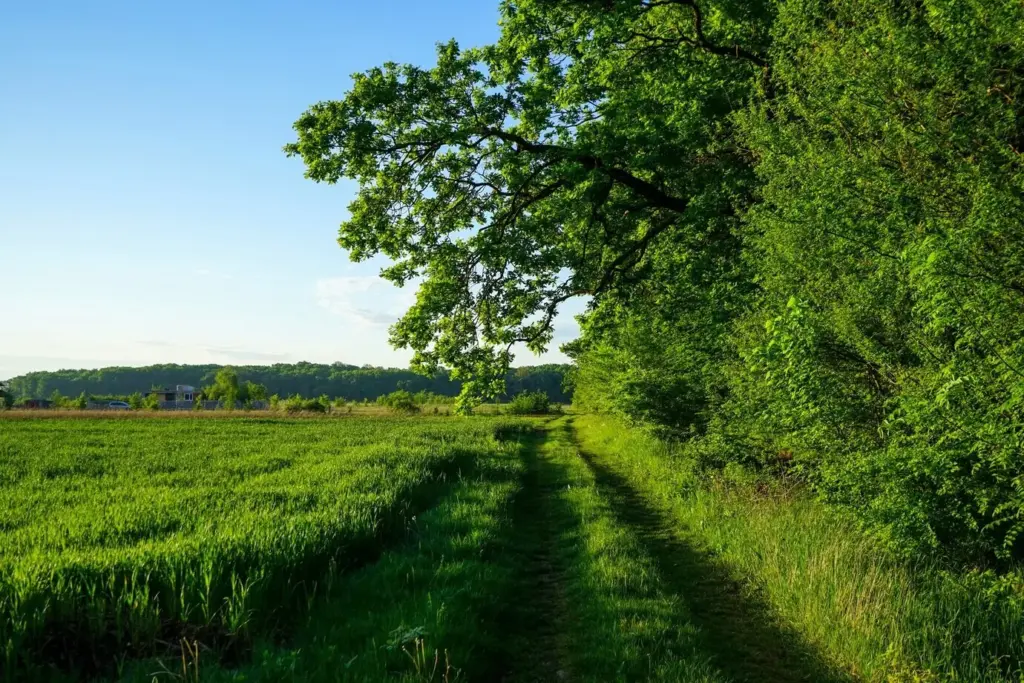Grow a Living Haven with Native Plants


Read the Land Like a Naturalist

Sketch Microhabitats
Read Soil Stories
Honor Existing Residents
Design for Layers, Seasons, and Movement
Layered Canopies Welcome Diversity
Where space allows, mix native trees with flowering understory and dense shrubs. Nectar drips from blossoms, caterpillars feed on leaves, and intricate branch architecture buffers storms. Layering reduces temperature swings, slows wind, and creates overlapping niches where specialists and generalists can both find dependable resources all year.
Edges that Connect Habitats
Wildlife often thrives along edges where forest meets meadow, or shrub thicket meets path. Soften transitions; curve beds; mix heights. These gentle boundaries weave safe travel corridors, compress resources, and encourage lingering, giving pollinators reliable refueling spots without exposing them to harsh winds or predators.
Paths for People, Highways for Life
Design human routes that avoid nesting areas and nectar hotspots, letting insects and birds cross unbothered. Gravel and mulch paths double as drainage sponges, while clustered seating creates observation nooks where you can quietly witness courtship flights, foraging dances, and nighttime moth arrivals under soft, shielded lighting.
Food Webs Begin with the Right Plants
Plan a Bloom Calendar
Host Plants Raise the Next Generation
Water, Shelter, and Safe Resting
Build Puddling Spots and Basins
Use terracotta saucers filled with sand and a few flat pebbles; keep water shallow and refreshed. Butterflies sip minerals, bees drink safely, birds bathe. Position in filtered light near nectar, and add a roaring-still corner where dragonflies patrol, keeping mosquitoes in ecological balance without chemicals.
Let Leaves and Stems Stand
Resist tidiness urges each fall and spring. Hollow stems house native bees; curled leaves shelter lacewings and lady beetles. By cutting back late and only partially, you save countless overwintering allies, retain moisture, and return nutrients gently to soil food webs supporting everything above.
Offer Quiet Corners for Nesting
Dedicate patches where people rarely pass, with dense shrubs, thorny thickets, and fallen branches. Install a snag if space and safety permit. These textured, secluded spots calm skittish species, reduce stress, and protect fledglings while giving predators natural puzzles instead of easy hunts.
Mow Less, Grow More

Right Plant, Right Place, Right Patience

Rethink Cleanup and Timing
